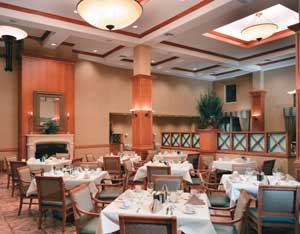When researching a market, developers new to the senior housing arena make the common mistake that a 20 percent penetration rate–which could be acceptable in a market-rate multifamily community –would be sufficient to make a project work. However, that rate is a high risk for a senior community.
According to Kenny, you need less than a 15 percent penetration rate– meaning if there are 1,000 aged and income people in the market and a company decides to develop 200 units, it would need to get one of five seniors to move into the facility. “If we were only to develop 100 units, our penetration rate is 10 percent–a 10 percent penetration rate is much better,” he says.
In addition to making sure that there are enough seniors with enough money in the market, the senior housing developer has another obstacle to overcome– getting seniors to make a buy decision. Just because someone is aged qualified, doesn’t mean he or she is ready to move into a senior community. Often, seniors look at it as giving up their independence.
“Many seniors say they are not ready for it yet–particularly when it comes to assisted living,” says Kenny. Getting people to accept change is one of the biggest challenges, echoes Rosenblum. “They know it’s the right thing to do, and that they need to do it, but they still need to be convinced to move,” Rosenblum says.
They aren’t just delaying decisions because it’s an indication of a lifestyle change, but also because it a huge money investment, adds Anderson. “Like everybody else, seniors are in a little bit of holding pattern when it comes to large financial decisions.”
“You have to give people a compelling reason to leave home,” adds Gust. “It’s critical that you offer the services they need today and are able to build upon that as their needs change.”
